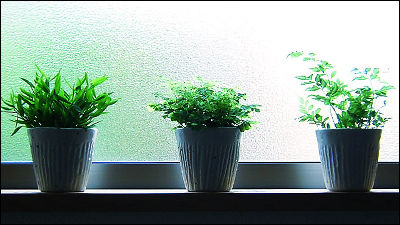How many houseplants should I remove to remove indoor pollutants?

If the '
Potted plants do not improve indoor air quality: a review and analysis of reported VOC removal efficiencies | Journal of Exposure Science & Environmental Epidemiology
https://www.nature.com/articles/s41370-019-0175-9
Sorry, your houseplants aren't actually purifying your apartment's air
https://massivesci.com/articles/houseplants-air-pollution-quality-vocs-indoors-nasa-study/
On average, Americans spend about 90% of their time indoors, according to a survey by the United States Environmental Protection Agency (EPA). Poor indoor air quality is most affected by young children and the elderly, patients with cardiovascular and respiratory diseases, who spend more time indoors than others. Therefore, indoor air quality is more important.
In addition, the increase in buildings with insufficient ventilation and the increase in the use of synthetic building materials, personal care products, pesticides, household detergents, etc. The concentration of pollutants is increasing. '

In particular, the pollutants increasing indoors are as follows.
・ Combustion by-products such as carbon monoxide, particulate matter, and tobacco smoke
・ Naturally occurring substances such as
・ Biological pollutants such as mold
・ Agrochemicals, lead, asbestos
・ Ozone generated from some air purifiers
・ Various volatile organic compounds from various products and materials
In addition, EPA points out the following three effects of deterioration in indoor air quality.
・ Stimulation of eyes, nose and throat
・ Headache, dizziness, fatigue
・ Respiratory disease, heart disease, cancer
In addition, it has been demonstrated how radon and particulate matter, carbon monoxide, and Legionella spp., Which are listed as indoor pollutants, have an adverse effect on the human body. For example, radon is a carcinogen and is known as the second leading cause of lung cancer. Legionella spp. Caused by inadequate maintenance of air conditioning and heating systems can cause legionellosis, a form of pneumonia.

Many people have placed houseplants in their rooms to prevent such deterioration in indoor air quality. The placement of houseplants to improve indoor air quality was recommended in a report published by researcher Bill Wolverton in 1989 as part of NASA's
However, a recent study conducted by Drexel University researchers Bryan Cummings and Michael Waring found that houseplants placed indoors could affect the amount of VOCs that pollute indoor air. Will not improve it. ' According to the research team, 'The results of the Clean Air Study are figures in an enclosed space and are not realistic.'
The research team is collecting and analyzing 196 experimental data from the past 12 studies to more accurately measure the air cleaning effect of houseplants placed indoors. The research team calculated the clean air delivery rate (CADR) of the plant's air purification capacity from the amount of pollutants that can be removed from air per cubic meter in one hour, and the CADR value obtained from the plant is at most 1 %. In other words, when trying to remove VOCs with houseplants, it is necessary to pack 10 to 1000 plants per square meter with simple calculation, so it is not realistic to remove indoor VOCs with houseplants Is shown.

VOCs are found not only in household goods such as paints, cleaners, disinfectants, and fragrances, but also in office supplies such as printers and adhesives. Other forms of VOCs include formaldehyde, which is used in some wood and building materials resins, methylene chloride, a component of paint removers and adhesive removers, and benzene, which is contained in cigarette smoke. VOCs found everywhere in our lives are pollutants that are frequently detected, especially indoors, and have been shown to be two to five times more concentrated than outdoors.
Related Posts:
in Science, Posted by logu_ii







